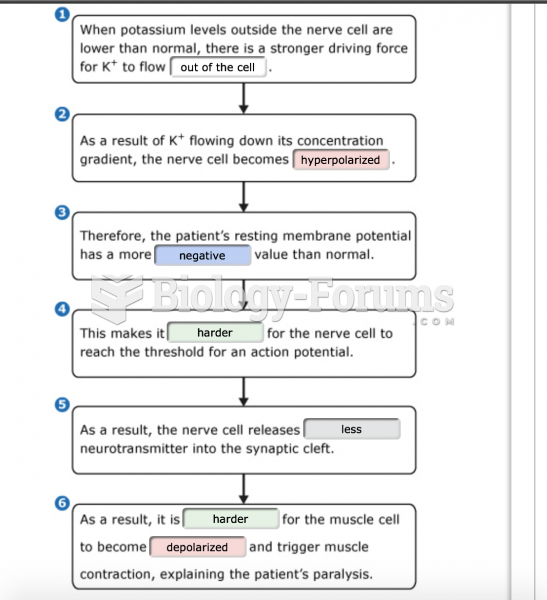Answer to Question 1
Magnetic resonance imaging (MRI) is a type of structural neuroimaging. It provides an image that looks like a photograph. These pictures document what certain brain structures or regions look like at one point in time. Functional magnetic resonance imaging (fMRI) is a functional neuroimaging technique. These types of techniques give an indication of brain activity but not of the brain anatomy. fMRI is the most commonly used technique in cognitive neuroscience research. A typical fMRI image shows different levels of brain activity using different colors. Therefore, scientists can see which areas of the brain are most active during certain tasks.
Answer to Question 2
Both structural and functional neuroimaging techniques have greatly expanded our understanding of the human brain. We now know more about normative and nonnormative changes over time as well as what areas of the brain age faster and which age slower, or are somewhat immune to the aging process. However, we still don't know definitively which changes are normal and which are not and how these changes may vary by individual. We still need to understand more about how development or progress in one area of functioning may be accompanied by reduced functioning in another area. Finally, we still do not understand all there is to know about individual differences in the structure and function of the brain as we age. What we observe needs to be substantiated by other research. In other words, neuroscience findings must be corroborated by other research to increase their validity.







